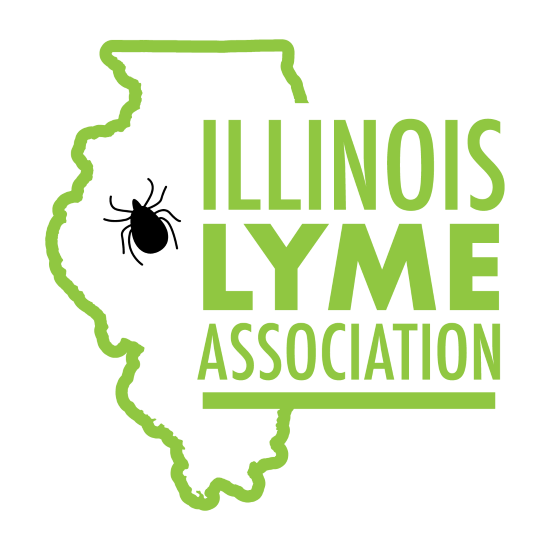Lyme Disease
Signs and Symptoms
In Illinois, Lyme disease is the most common tick pathogen found.
Northern Counties have ticks testing at a high percentage of 50 - 71%.
Lyme has numerous symptoms associated with tick-borne disease. If you have unexplained symptoms and unexplained pain that migrates to different areas, please talk to your family doctor about tick-borne disease. Just be aware that the current testing is not very accurate.
Igenex Map
Even if the test returns negative, they may not be indicative that a tick-borne pathogen is not present. There are many strains of Borrelia which most tests do not look at and the timing of the two-tier test is vital.
If you are pregnant and suspect you have contracted Lyme disease, contact your physician immediately. Untreated Lyme disease during pregnancy can lead to infection of the placenta. Spread from mother to fetus is possible but rare. Fortunately, with appropriate antibiotic treatment, there is no increased risk of adverse birth outcomes.* There are no published studies assessing developmental outcomes of children whose mothers acquired Lyme disease during pregnancy - Center for Disease Control
Source: CDC
Signs and Symptoms of Untreated Lyme Disease
Seek medical attention if you observe any of these symptoms and have had a tick bite, live in an area known for Lyme disease, or have recently traveled to an area where Lyme disease occurs.
Untreated Lyme disease can produce a wide range of symptoms, depending on the stage of infection. These include fever, rash, facial paralysis, and arthritis.
Early Signs and Symptoms (3 to 30 Days After Tick Bite)
The appearance of the erythema migrans rash can vary widely.
Fever, chills, headache, fatigue, muscle and joint aches, and swollen lymph nodes may occur in the absence of rash
Erythema migrans (EM) rash (see photos):
Occurs in approximately 70 to 80 percent of infected persons
Begins at the site of a tick bite after a delay of 3 to 30 days (average is about 7 days)
Expands gradually over several days reaching up to 12 inches or more (30 cm) across
May feel warm to the touch but is rarely itchy or painful
Sometimes clears as it enlarges, resulting in a target or “bull’s-eye” appearance
May appear on any area of the body
Does not always appear as a “classic” erythema migrans rash
Later Signs and Symptoms (days to months after tick bite)
Swollen Knee
Facial Palsy
Severe headaches and neck stiffness
Additional EM rashes on other areas of the body
Facial palsy (loss of muscle tone or droop on one or both sides of the face)
Arthritis with severe joint pain and swelling, particularly the knees and other large joints.
Intermittent pain in tendons, muscles, joints, and bones
Heart palpitations or an irregular heart beat (Lyme carditis)
Episodes of dizziness or shortness of breath
Inflammation of the brain and spinal cord
Nerve pain
Shooting pains, numbness, or tingling in the hands or feet
More about rashes
A small bump or redness at the site of a tick bite that occurs immediately and resembles a mosquito bite, is common. This irritation generally goes away in 1-2 days and is not a sign of Lyme disease.
A rash with a very similar appearance to EM occurs with Southern Tick-associated Rash Illness (STARI), but is not Lyme disease
Ticks can spread other organisms that may cause a different type of rash.

